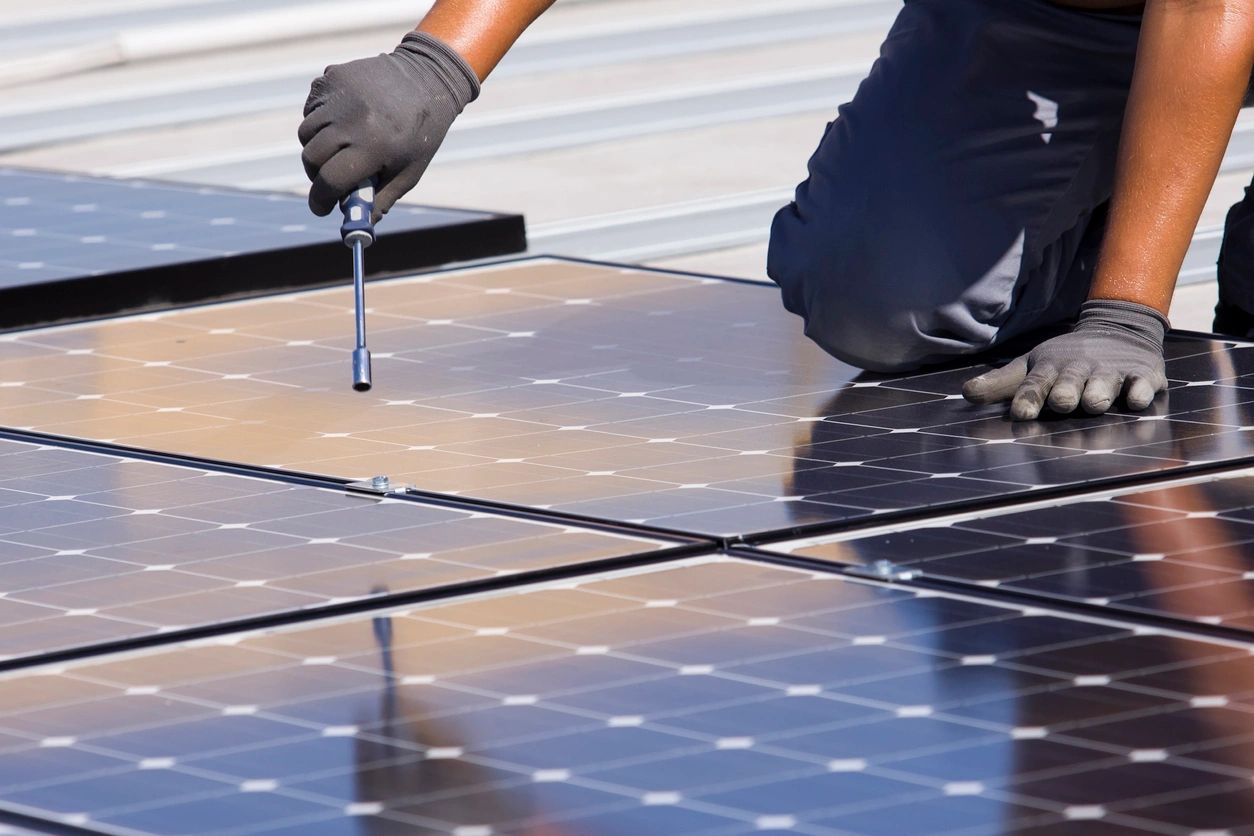Key figures and forecasts
Current consumption (2024):
- World data centers — 415 TWh (1.5% of global consumption).
- CO₂ emissions — 180 million tonnes (less than 0.5% of the energy sector).
By 2030:
- Data center consumption will grow to 945 TWh (≈ current consumption in Japan).
- AI-optimized data centers will account for a 4-fold increase in demand.
By 2035:
- Forecast range — 700–1700 TWh (depending on the pace of AI development).
- Emissions — 300–500 million tonnes (up to 1.5% of the energy sector).
Regional differences
US:
- Data centers will account for 50% of the growth in electricity demand through 2030.
- AI power will exceed the cost of producing aluminum, steel, and cement.
Advanced economies:
Data centers will account for 20% of the growth in demand (overcoming years of stagnation).
China and other countries:
The role of data centers is less significant at present, but is accelerating as AI infrastructure develops.
Data center power sources
- Renewable energy and gas are the main options due to cost and availability.
- Example: Amazon and Google are already using renewable energy for their data centers.
- Nuclear energy is a promising prospect for stable power supply (e.g., Microsoft is studying small reactors).
- Problem: Not all regions can quickly increase “green” capacity, which will temporarily increase the role of gas.
Challenges for energy systems
Grid flexibility:
Data centers can become part of demand management (e.g. shifting computing to periods of surplus renewable energy).
Potential exists, but requires standardization and incentives.
Critical minerals:
- Gallium (for chips): by 2030, data centers will consume 11% of the world’s supply.
- China dominates (98% of processing), creating supply chain risks.
AI as a tool for energy
Optimization:
- Oil and gas: field forecast, accident reduction.
- Electric power: balancing networks with renewable energy, generation/consumption forecast.
Emissions reduction:
AI helps reduce grid losses (e.g. Google DeepMind for data centers).
Climate risks: exaggerated?
- The growth of emissions from data centers is significant, but not catastrophic:
- Even in the worst-case scenario, <1.5% of total energy emissions.
- The main question: The energy source for data centers. If RES + nuclear — the carbon footprint is manageable.
Conclusions
Data centers and AI will become the driver of electricity demand, especially in the US and EU, but their share in the global balance will remain moderate.
The energy sector must adapt:
- Accelerated implementation of RES and storage.
- Integrate data centers into demand management systems.
Resource geopolitics: Dependence on China for critical minerals requires diversification. AI is a “two-faced Janus”: It consumes energy, but also helps the energy transition through optimization.
Bottom line: IEA calls not to panic, but to prepare for structural changes in the energy sector, where data centers and AI are the new key players.









